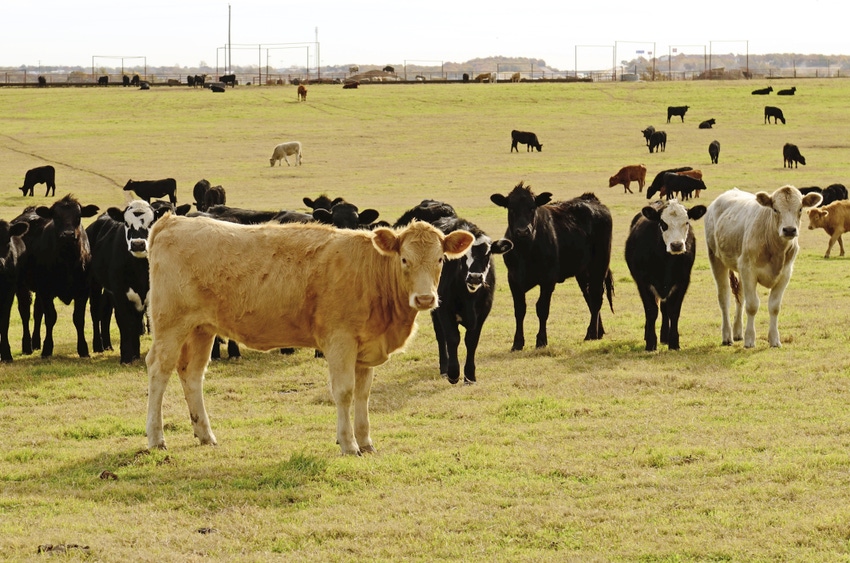Bovine veterinary practitioners told to adopt clinic cultural change, and consider new approaches to systems thinking.

As bovine veterinarians and practitioners gathered in Phoenix, Ariz., for the 51st annual conference of the American Association of Bovine Practitioners, many of the planned sessions revolved around the theme of "Become Indispensable."
Practitioners of bovine veterinary medicine are branching out of the traditional role of diagnostics and treatment of cattle illnesses to provide other types of management and consulting services, and new ways of providing existing services.
For example, Dr. Shannon Nielsen of the Clark Fork Veterinary Clinic in Montana discussed workplace culture because, she said, good workplace culture promotes trust with clients.
She said to prioritize cultural change in a clinic setter, it is important to harness frustration, practice preventative medicine for the human resources department (i.e., keeping employees happy and goal-oriented) and maintain a growth-oriented mindset.
Key elements of the long-term process to improve clinic culture is based on interactions with team members and clients; operating with trust, commonality and authenticity, and investing in employees, which helps with employee retention.
Dr. John Groves with Livestock Vet Services in Eldon, Mo., who primarily works with beef stocker operations, discussed how he has adopted systems thinking approaches to his veterinary practice.
Groves quoted Dr. Jay Forrester, a professor at the Massachusetts Institute of Technology's Sloan School of Management and the founder of systems dynamics: "People who live on farms become naturally attuned to systems..." and added that those systems become the tools, processes and principles that allow veterinarians to look at problems from the 30,000 ft. level.
Groves further noted that systems thinking is the language that helps us understand more deeply how organizations and complex systems really operate.
Groves described systems thinking in terms of veterinary medicine as studying an iceberg, because like an iceberg, most of a problem is hidden from view.
"Spend time admiring the entire iceberg for trends and patterns, structures and relationships," he said, and once you understand the structure deep enough, you can create system change.
As an example, Groves described a case in which a stocker client needed some calves treated. After visiting the farm, Groves prescribed a course of metaphylaxic treatment, which appeared to work. However, after a period of time, the client needed more help with the same issue, so rather than just recommending more treatment, Groves studied the issue and discovered that since the original metaphylaxis worked well, the client doubled the number of calves he had on the farm, which was straining resources and labor for the operation and resulted in more sick calves.
By applying a systems approach, Groves was able to make recommendation on animal movement and capacity on the farm to help resolve the case.
Dr. Danelle Bickett-Weddle, associate director of the Center for Food Security & Public Health at Iowa State University, led a discussion of improving animal and caretaker health.
She noted that there are about 45 zoonotic diseases worldwide that originate in cattle, and these can be grouped into six categories based on route of transmission.
As cattle veterinarians and producers, it is necessary to evaluate the risk of these diseases to prevent animal and human illness, she said.
According to Bickett-Weddle, the biggest risk for bringing pathogens onto farms is by introducing new animals and animal products. However, she said, many producers are concerned about human visitors on their farms or diseases coming in on other fomites such as feedstuffs, insects or vehicles.
"Disease risk cannot be totally eliminated," Bickett-Weddle said, but veterinary practitioners "need to deal with the animal in its environment and decrease the infections burden" on a livestock farm.
Noting that the center has many resources available on this topic on the center website at cfsph.iastate.edu, she said the "Disinfection 101" publication is the top document downloaded, and it describes disinfection principles as well as how the Environmental Protection Agency regulates disinfectants for efficacy against labeled organisms, including difficult viruses such as African swine fever.
"Cookie-cutter biosecurity and infection control plans won't work on every farm," she concluded.
About the Author(s)
You May Also Like

.png?width=300&auto=webp&quality=80&disable=upscale)

